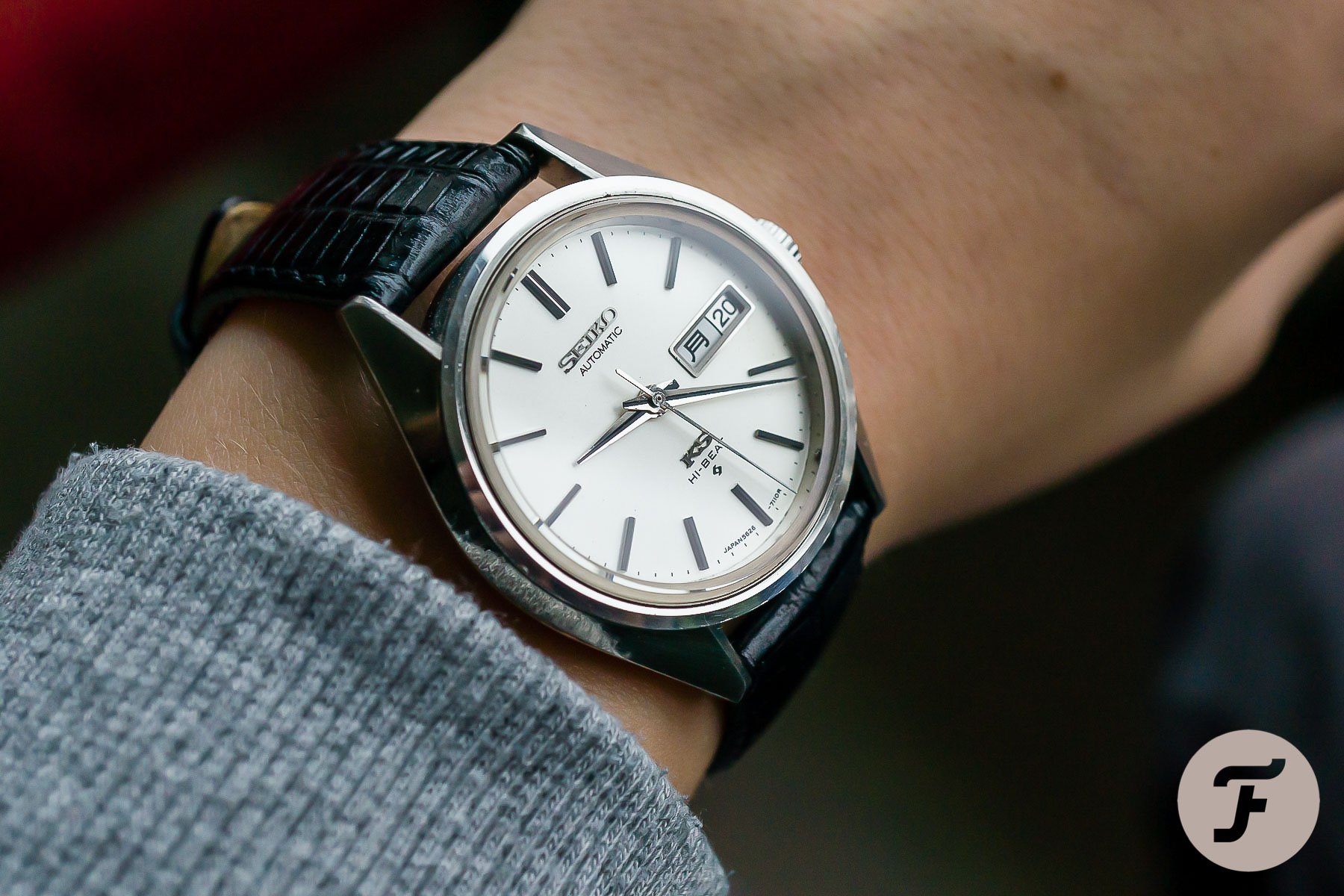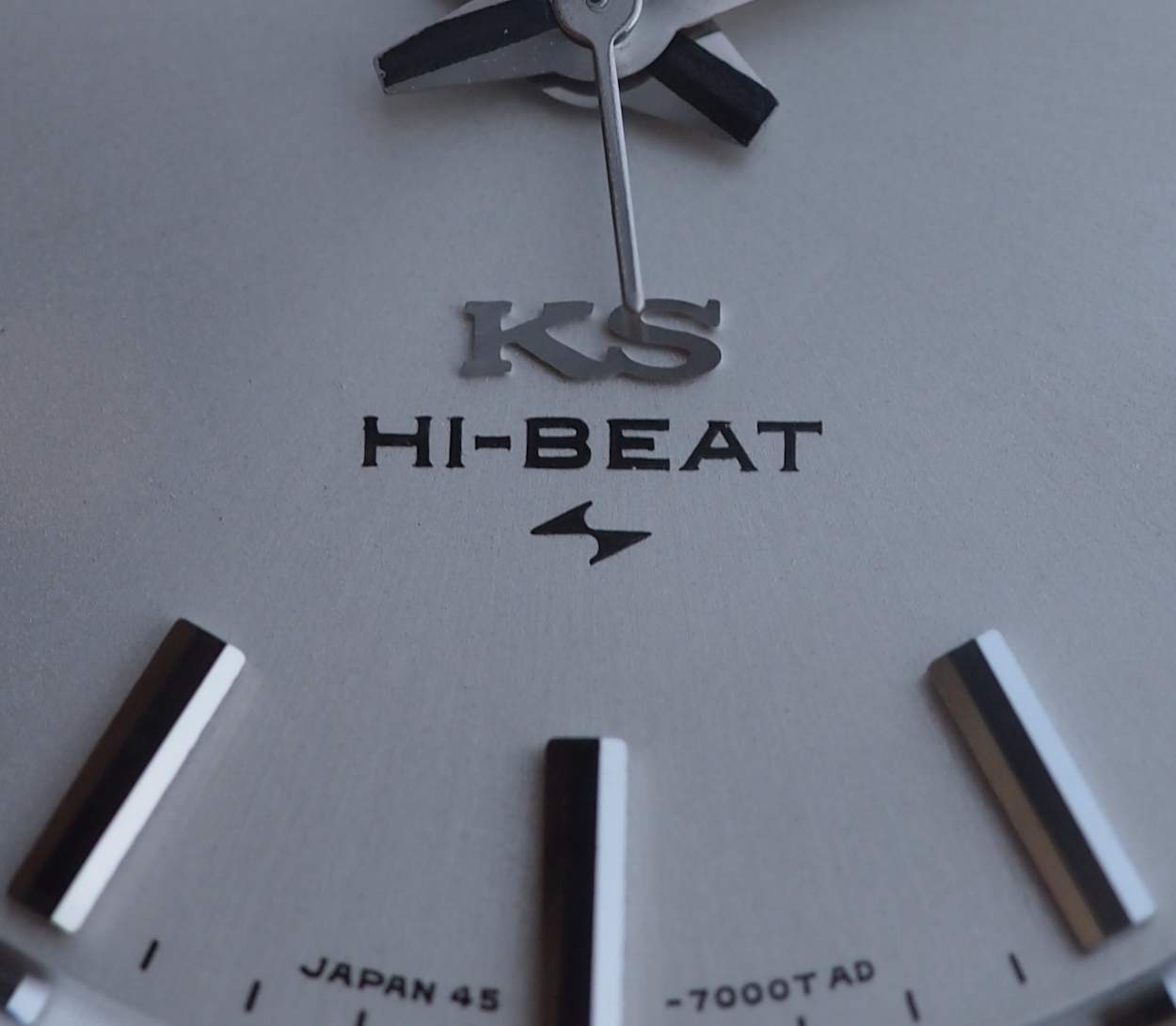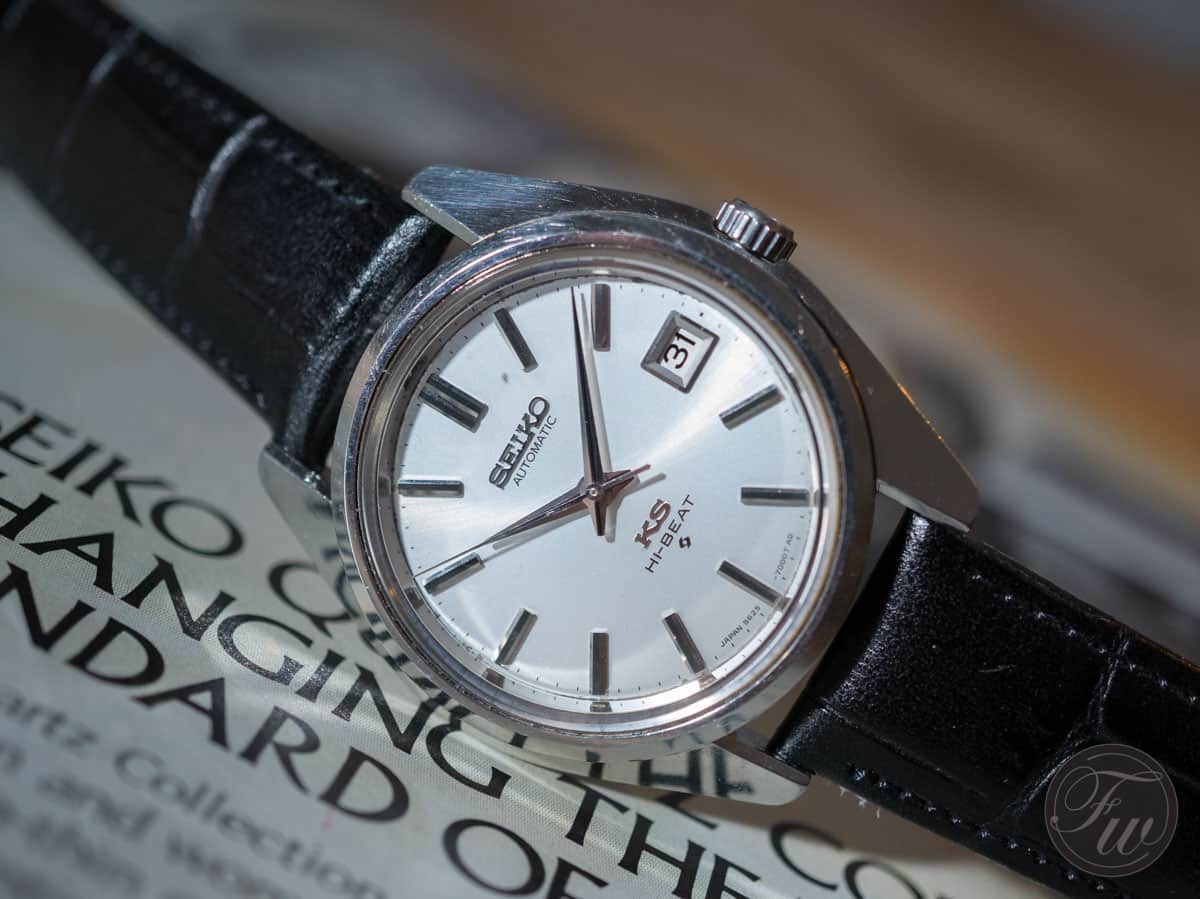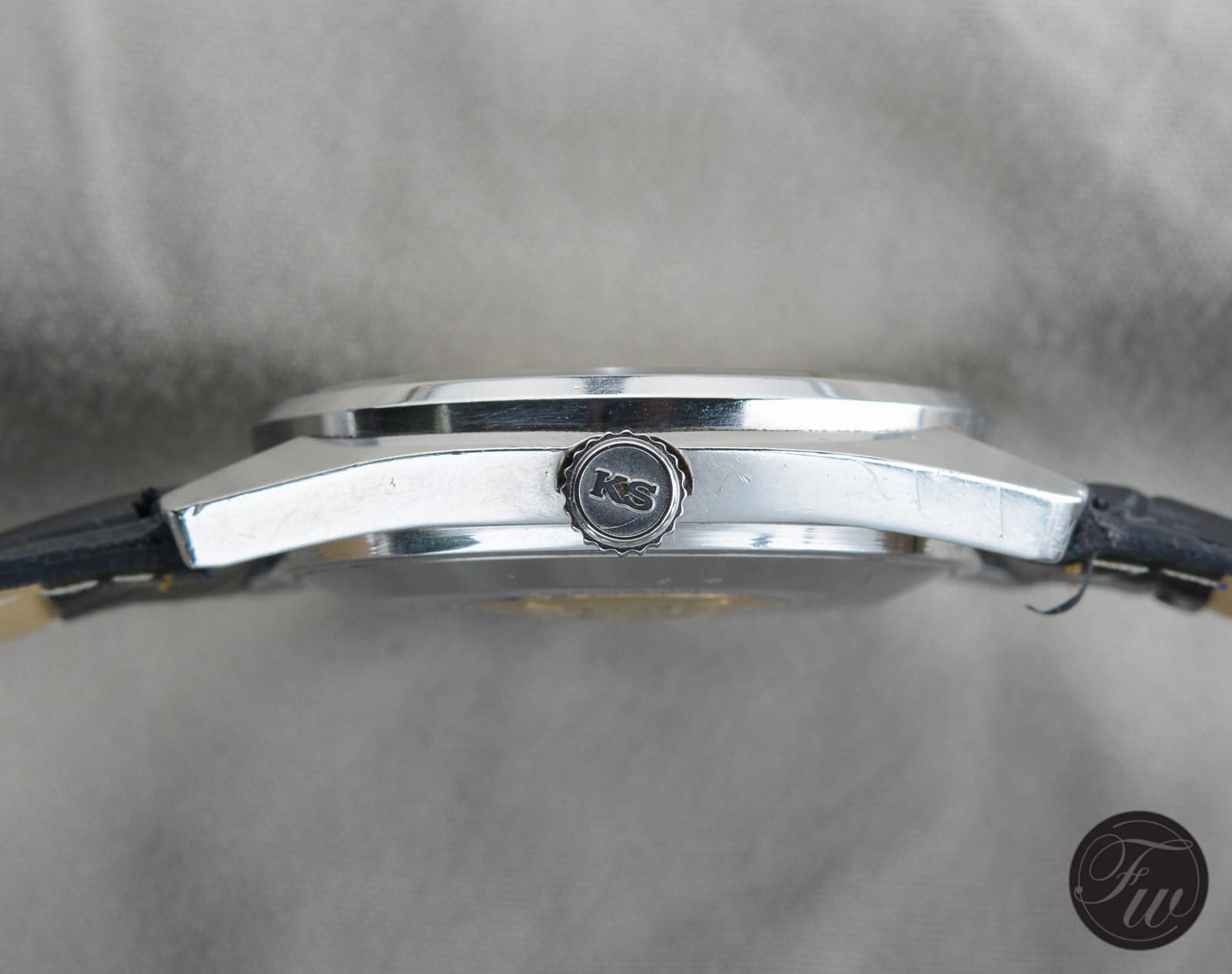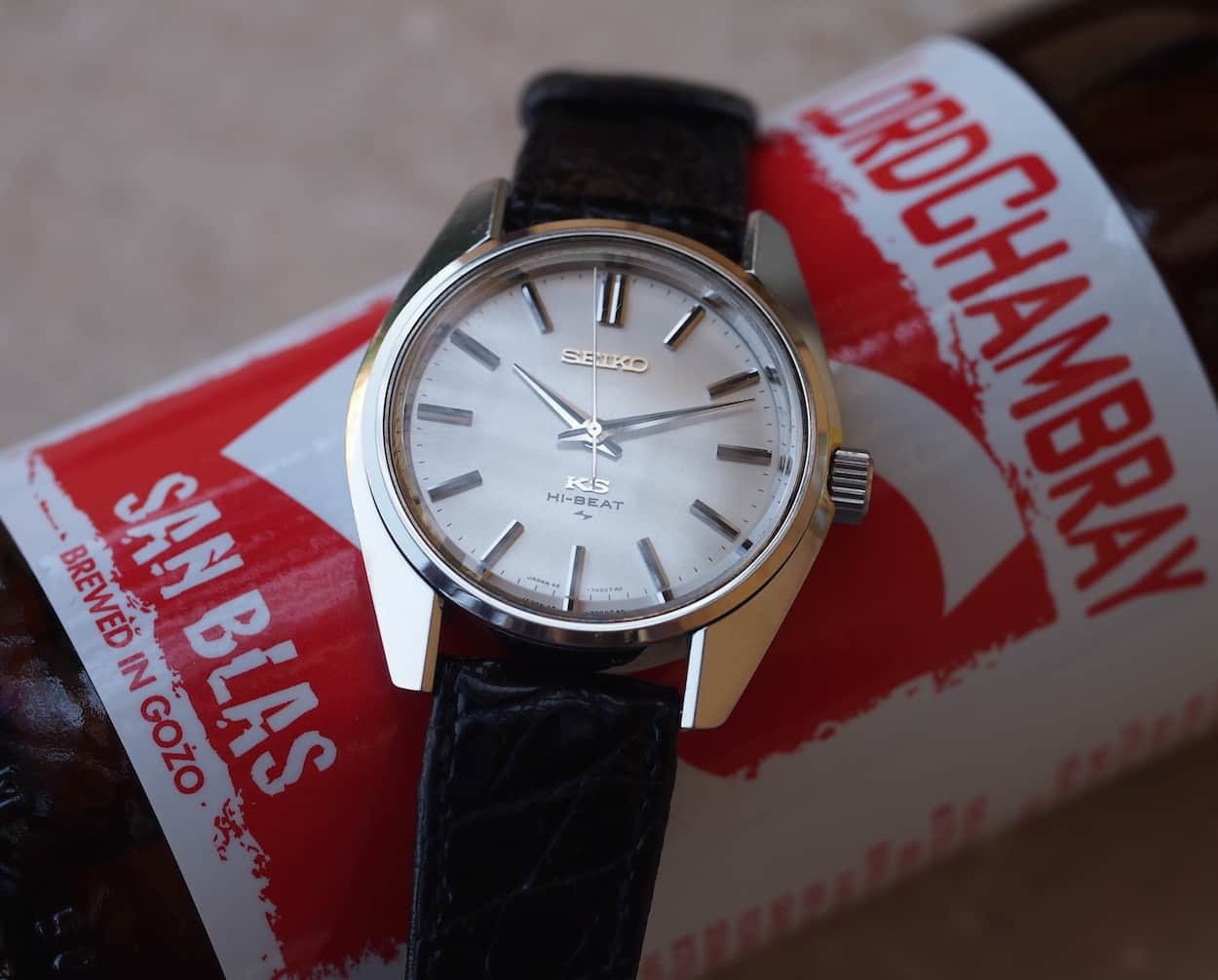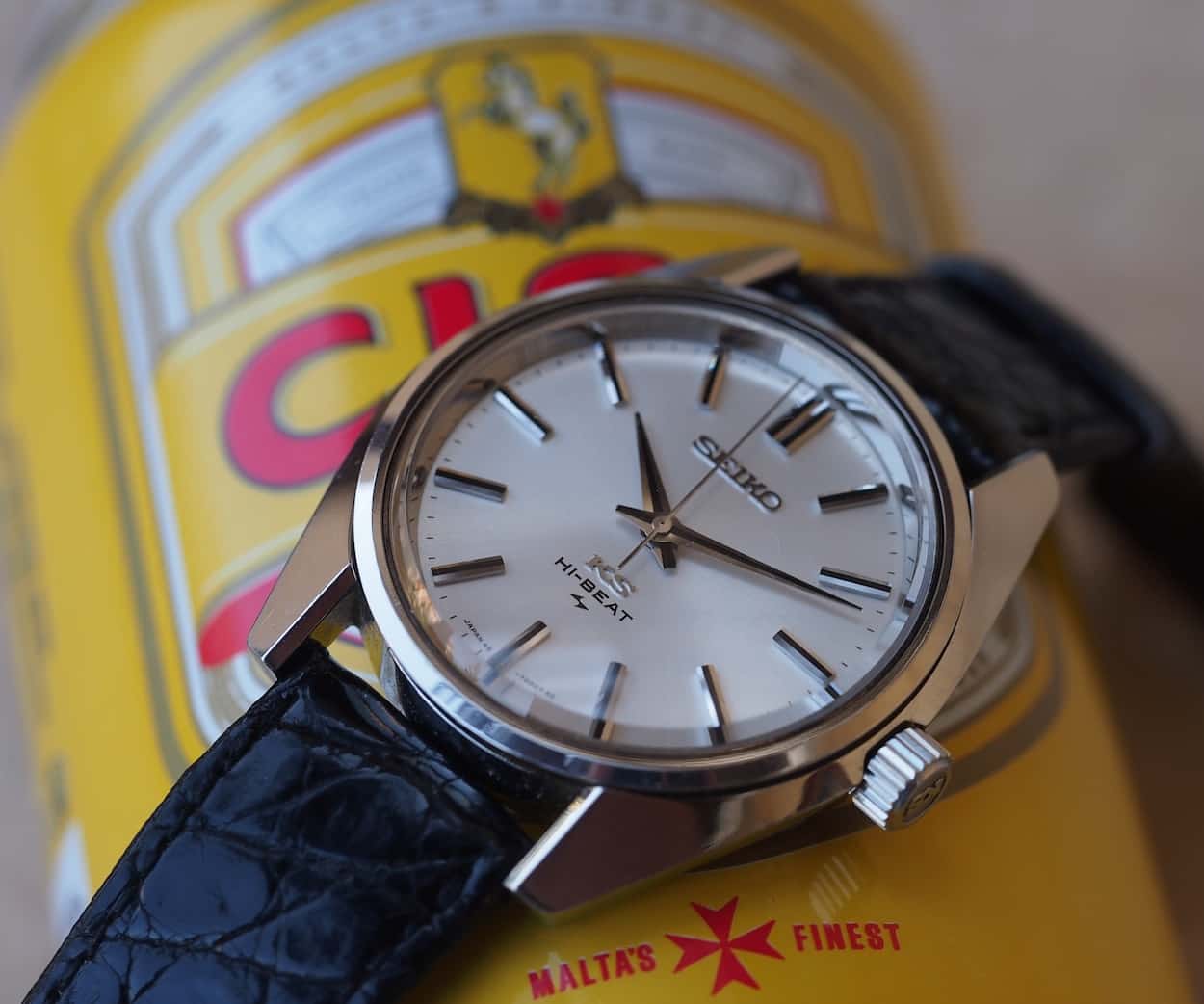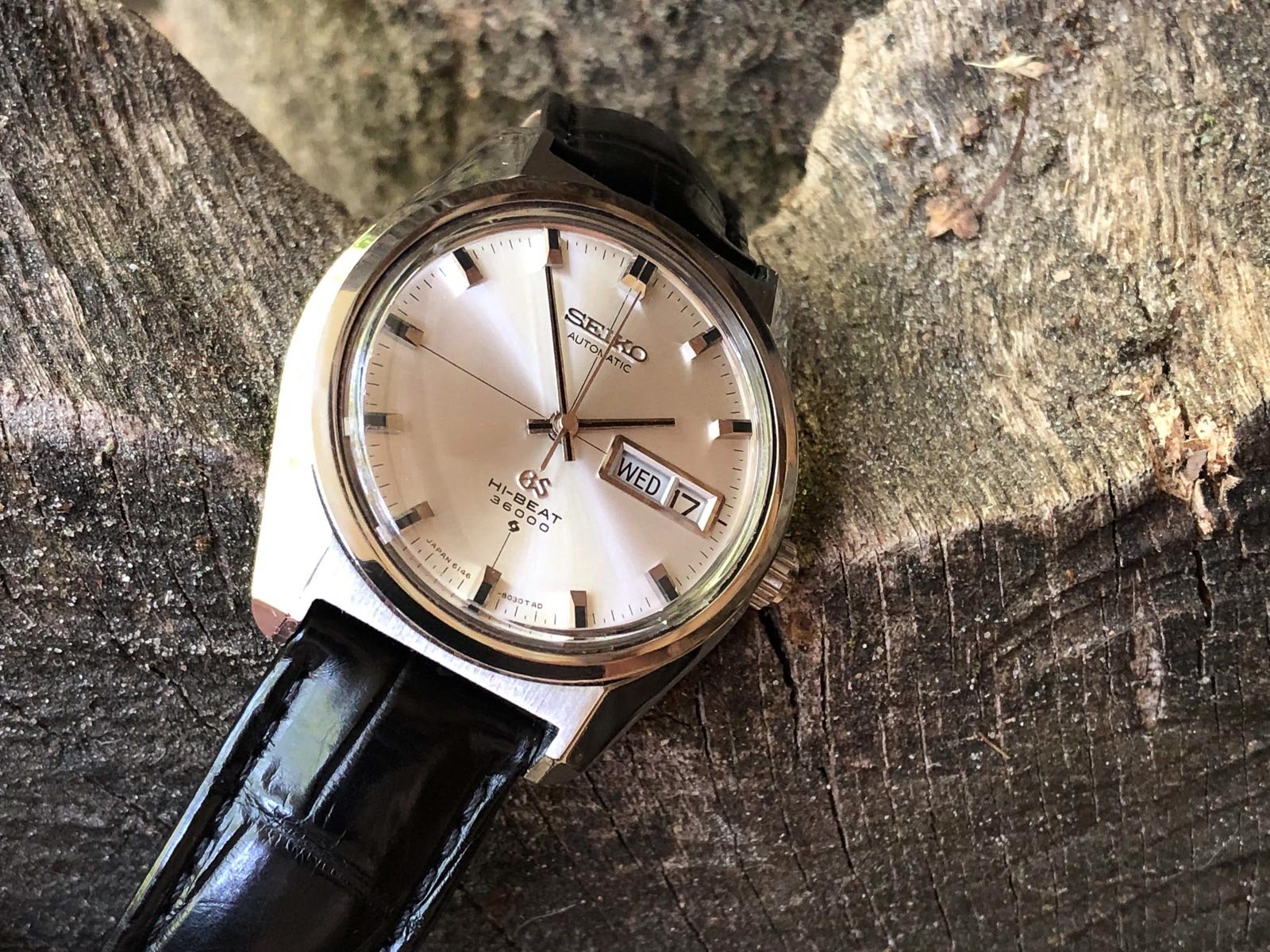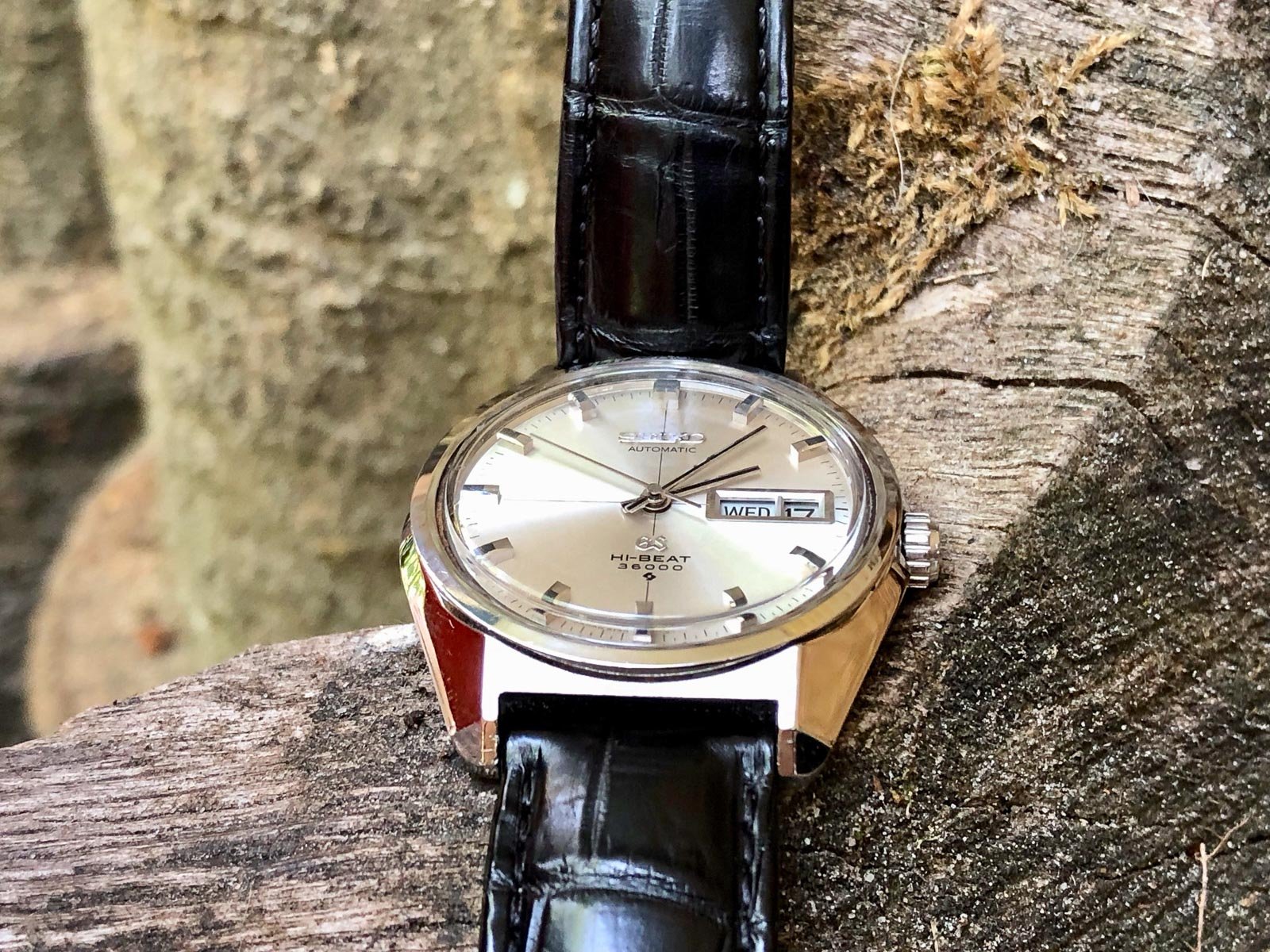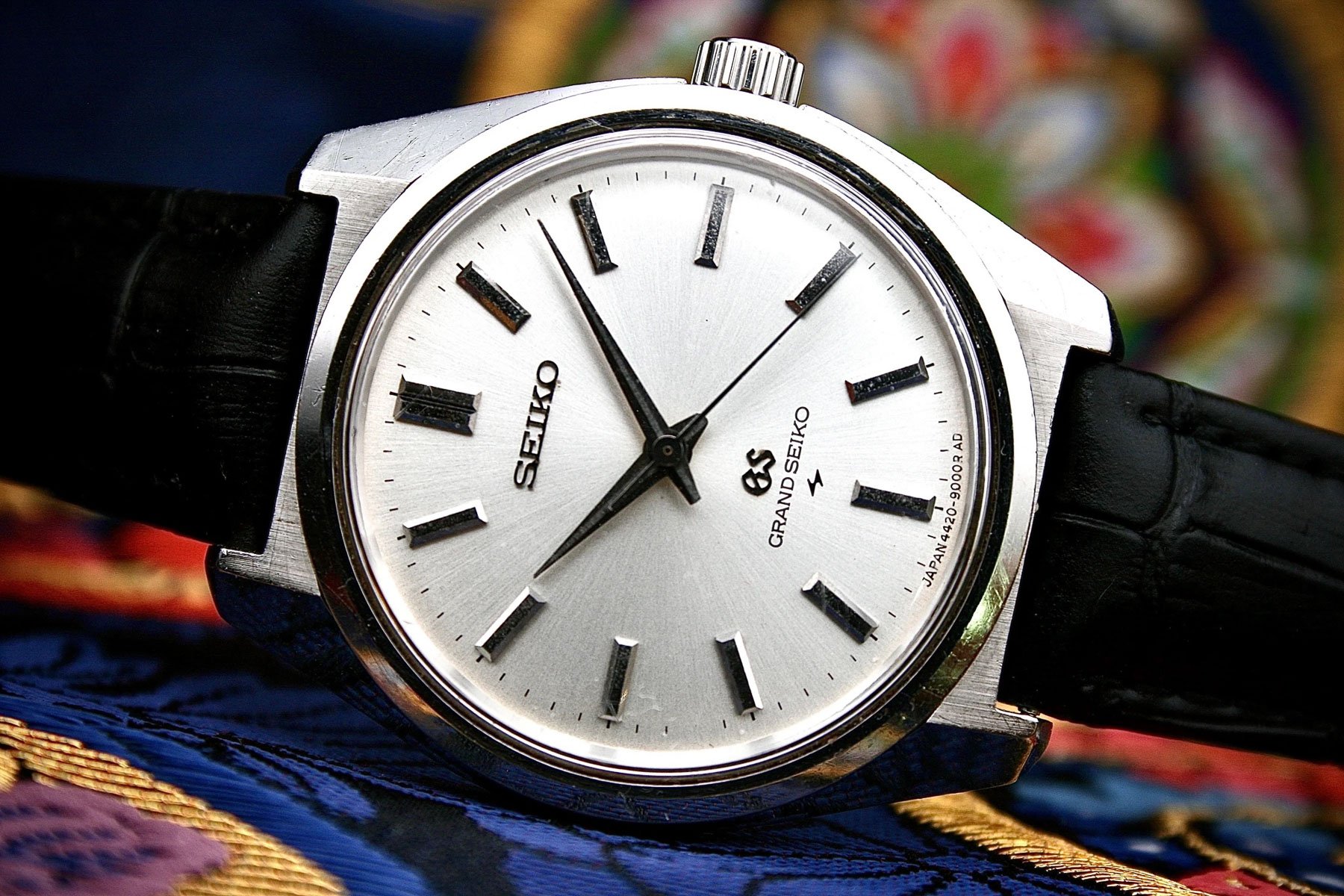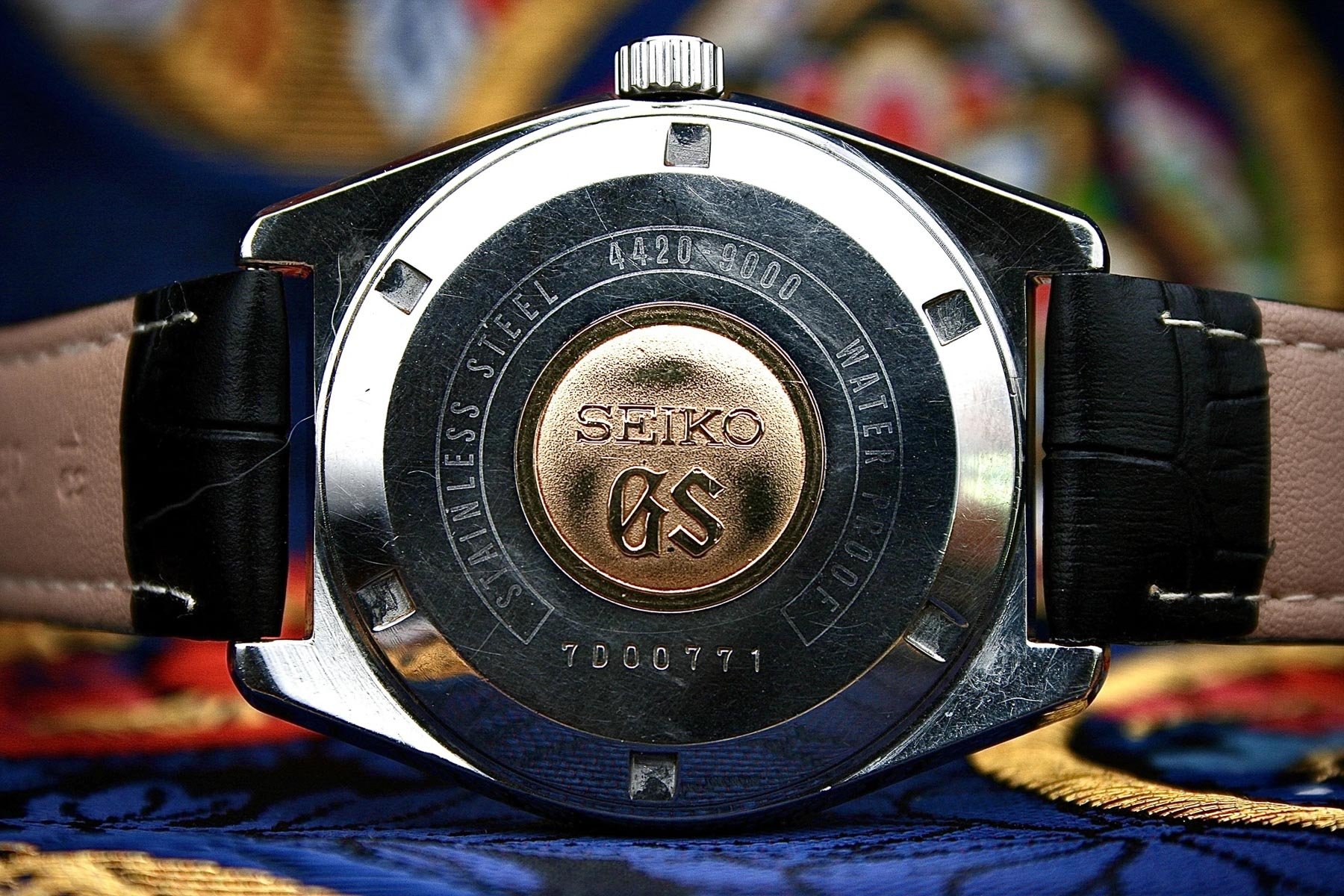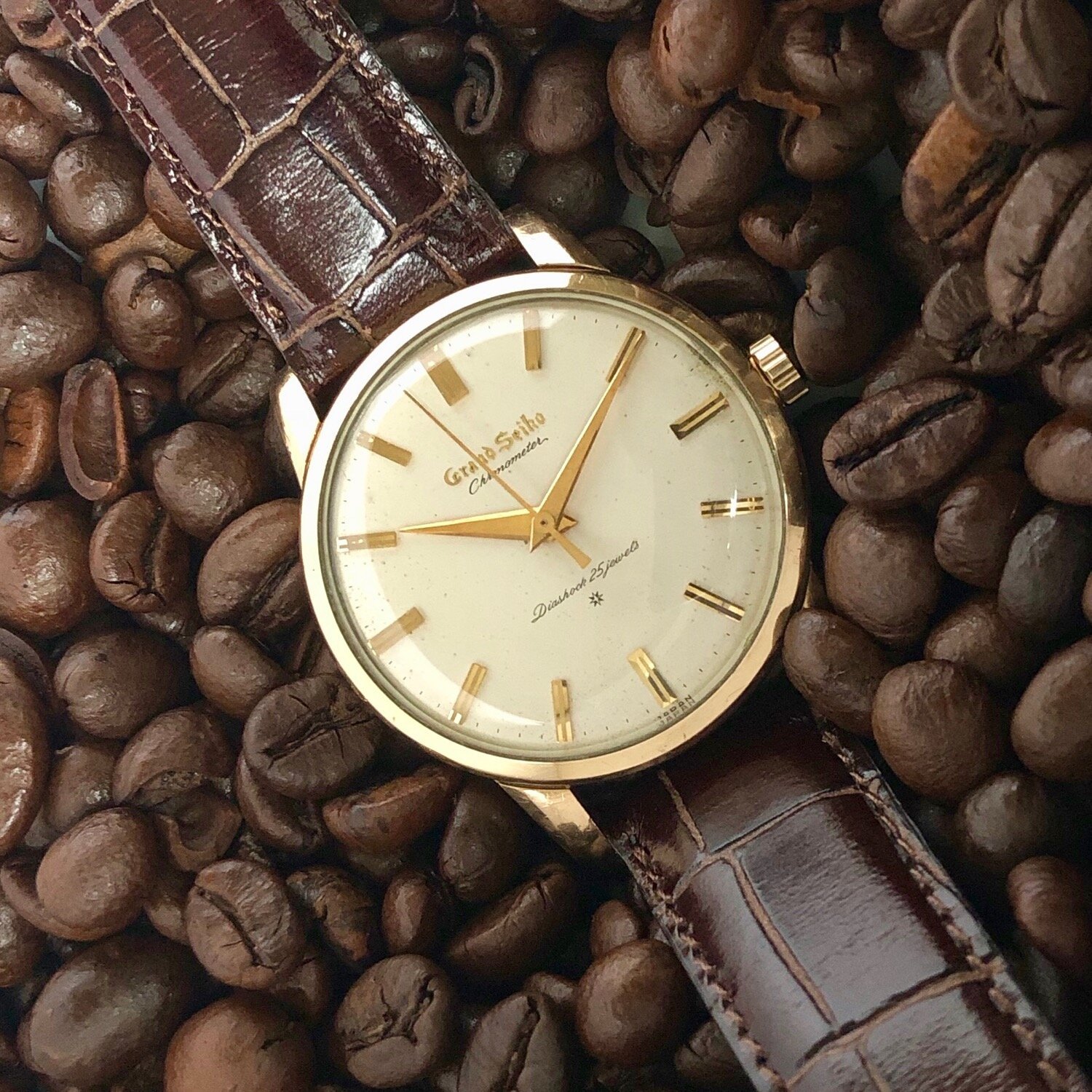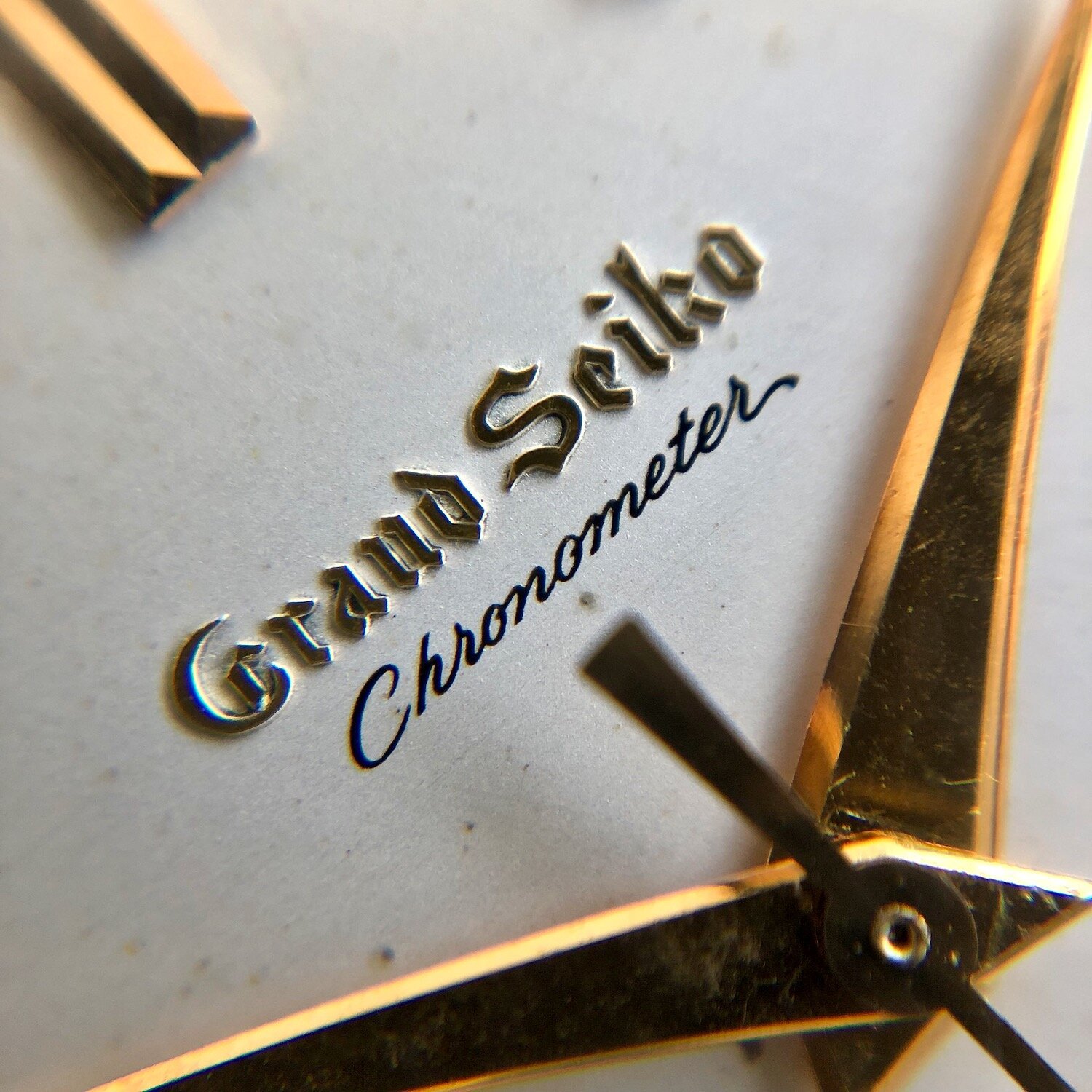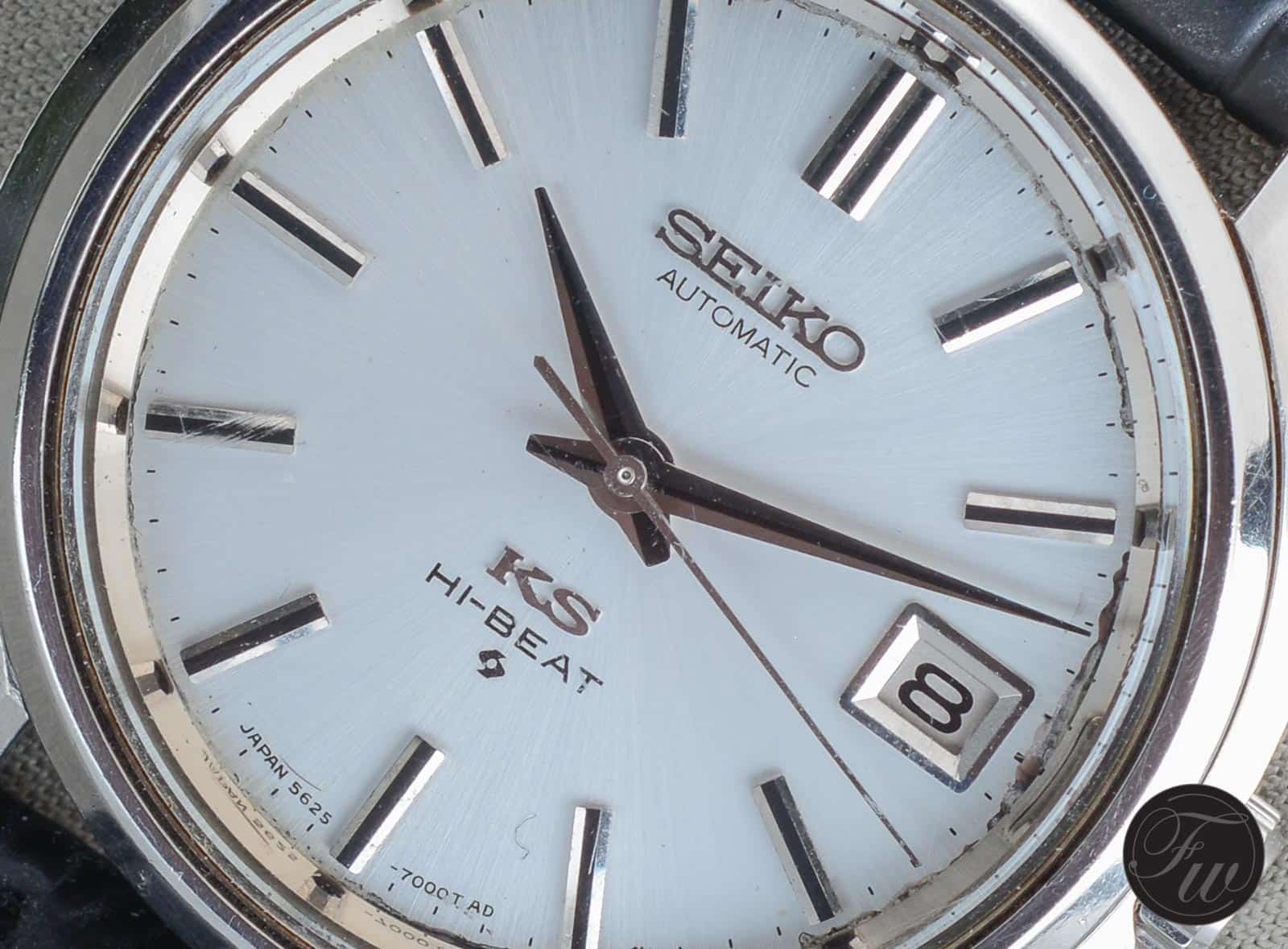Buying Guide: The Best King Seiko and Grand Seiko Watches From The 1960s
We like to talk about vintage watches a lot within the Fratello team. While the daily routine is largely focused on the most recent developments in the world of watches, the most fun for many of us lies in the world of vintage watches.
It’s a world full of history, remarkable watches, incredible stories, and quirky details. This week we will dive into the world of King Seiko and Grand Seiko.
It inspired us to come up with a series of articles focusing on the best watches per decade from a select group of brands. Some of them priceless, some of them still affordable. But all of them are interesting watches. In this installment, we will take a look at the best Seiko watches from the 1960s.
In the 1960s, we witnessed developments that challenged the status quo of watch design forever. While the 1950s introduced the sports watches next to the dressier timepieces people were used to, the 1960s took that trope to the extreme. The sheer amount of watches that pushed the visual boundaries of what was known and accepted was enormous. On top of that, we also saw great technical developments with the race to produce the first automatic chronograph as the most significant of the decade. On top of that, Seiko was obviously on an expedition to create the most accurate timepiece that resulted in the first quartz watch by the end of the decade.
King Seiko and Grand Seiko in the 1960s
But there was another internal race that defined Seiko in the 1960s. There was a healthy competition inside the Seiko company to create the best timepieces possible. This story starts in the early 1950s when Seiko’s Suwa Seikosha factory and the Daini Seikosha factory stopped collaborating and started competing. The goal was to drive innovation for the Seiko brand. It forced each company to be creative in their attempts to outperform their competitor.
The goal? To create the ideal watch that was better than any of their Swiss competitors.
It resulted in a race during the 1960s where Suwa Seikosha produced Grand Seiko timepieces, and Daini Seikosha created King Seiko timepieces. The ultimate goal? To create the ideal watch that was better than any of their Swiss competitors. To do so, both companies focused on developing the most accurate movements possible and combine them with the design rules set out by Seiko’s Head of Design, Taro Tanaka, in the famous “Grammar of Design.”
The story of Grand Seiko and King Seiko started in 1960 with the release of the first Grand Seiko watch. It ended fifteen years later, in 1975, as a result of the quartz revolution. With a majority of the most iconic watches being released in the second half of the 1960s, it’s definitely the decade to focus on. But as the production of many of the models continued in the 1970s, you could see this as the best of the 60s and 70s.
Collecting vintage Seiko watches
When it comes to collecting vintage King Seiko and Grand Seiko, you will quickly find out that there is a ton of info out there. Unfortunately, finding the right info is not always easy. Sometimes there are multiple truths, and sometimes things are not as logical as they seem. On top of that, even today, new info is found about the vintage pieces. We can say that nobody has all the definitive info on all the produced pieces. But the good thing is that there is a lot of info out there that is known. On top of that, there is a passionate community of Grand Seiko and King Seiko collectors that know quite a bit.
You have to keep in mind that the world was not nearly as globally focused as it is now. That is why a lot of vintage Grand Seiko’s and King Seiko’s initially did not make it outside of Japan. Over the last roughly two decades, however, more and more enthusiasts have been searching for their favorite watches in Japan. It’s why we see more and more vintage pieces pop up in different parts of the world. Still, many of the iconic pieces can be difficult to find, especially in good condition. But do not let that spoil the fun of chasing after that King Seiko or Grand Seiko you really love.
Entry Level #1 – King Seiko 5625-7000
The great thing about vintage King Seiko and Grand Seiko pieces is that they do not all have to cost a fortune. Especially some of the King Seiko pieces are great pieces for an affordable price. It’s why the first watch on this list is the King Seiko 56KS. To be more precise, the watch pictured is Robert-Jan’s King Seiko 5625-7000. It is part of the King Seiko 56KS series that was in production from 1968 until Seiko ceased production of King Seiko watches altogether in 1975.
You will see a lot of the same models that are actually from the 1970s.
What I like specifically about this King Seiko 5625-7000 is the combination of the characteristic Tanaka-inspired 36mm case with a very accurate movement. As Robert-Jan explained, the watch does wear slightly bigger than its modest size would have you think. It’s thanks to lugs that the watch is rather wearable for people that usually enjoy a bigger watch. As you can see, the case’s angular shape does remind a bit of the famous 44GS style case. Robert-Jan’s watch is from May 1969, so it fits the 1960s. But you will see a lot of the same models that are actually from the 1970s.
Plenty of options
For the 56KS, King Seiko produced three different movements that were part of Suwa’s automatic 5600 Calibre series. The Caliber 5621A/B were time-only movements, the Caliber 5625A/B featured a date display, and the Caliber 5626A/B featured a day and a date indication. All of them are Hi-Beat calibers despite operating at 28,800vph rather than the 36,600vph we see as the operating frequency nowadays for Grand Seiko’s Hi-Beat movements. But at the time, it was very much considered hi-beat. All the movements have 25 jewels and a power reserve of 47 hours. The movements are praised to this day for being very accurate even roughly five decades later.
King Seiko produced a large number of great 56KS references.
King Seiko’s 56KS series holds a great number of brilliant options. While this 5625-7000 is a great option, King Seiko produced many great references. An example is the 5626-7040 that comes with a white dial, but also with a beautiful blue dial. And as mentioned with the Caliber, that one features a day and a date indication. Overall, prices for a King Seiko 5625-7000 start at roughly 500 Euros. Depending on the model’s condition and rarity, you will see that prices go up to €2k and a little over. Overall the King Seiko 56KS line is perfect for a stylish and technically brilliant addition to your vintage collection.
Entry Level #2 – King Seiko 45-7001
Another great entry-level King Seiko is the 45KS series. This series was produced by Daini Seikosha from 1968 to 1974 and featured the Seiko Caliber 4500 movements. These hand-wound movements are Hi-Beat movements that operate at a frequency of 36,000vph. If ever you would like to witness the magic of a true Hi-Beat movement for an affordable price, the 45KS series is a great chance to do so. And within the 45KS line-up, Mike’s King Seiko 45-7001 you see pictured is a brilliant option.
Daini Seikosha also used these same 4500 series movements for the Grand Seiko 45GS that they produced simultaneously. The main difference was the accuracy of the movements. As Mike explained in his review of his 45-7001, the story goes that the King Seiko movements were also produced to an extremely high standard but were not generally tested or adjusted to COSC standards like Grand Seikos. Some of the later King Seiko movements did receive COSC-certifications, so that should tell you all you need to know. These movements were produced to incredibly high standards, keeps great accuracy, and are a joy to watch in action.
A limited line-up
When it comes to the different available models in the 45KS line-up, you will find it’s a smaller lineup than the 56KS. And that there is not a lot of differences in case designs. The majority of the available models have a reminiscent case of the famous Grand Seiko 44GS style case. That’s also the case with Mike’s 45-7001. What makes this watch so brilliant is the combination of its stylish 36mm case, the finishing, and the amazing attention to detail.
It was obviously what both King Seiko and Grand Seiko were aiming for but look at the dial of the 45-7001. It’s clean because it does not have a date indication or a day and date indication, keeping it very clean. So all the basic elements on the dial have a chance to shine. Just look at the applied indices and the hands. After five decades, they still look incredibly sharp. It’s what makes this 45-7001 a thing of beauty combined with its case and movement.
Prices that are awesome considering what you get in return.
Finding your King Seiko 45-7001 is not that difficult. There are always a number of them on offer on different platforms. But finding the one that you like in the right condition for a good price could take a bit more time. Prices for a King Seiko 45-7001 start at roughly 200-300 Euros and move up to roughly 1,000 Euros for one in great condition. Overall those are prices that are awesome considering what you get in return. And that makes the King Seiko 45-7001 such a great vintage piece to add to your collection.
My Choice – Grand Seiko 6146-8000
My pick for this list is the stunning Grand Seiko 6146-8000. One of two available 6146-8000 models. The first comes with a regular dial — that came in several versions with different wording — and regular style indices. The second one is my absolute favorite, and it’s a crosshair dial with significantly smaller indices. Combined with the brilliant case, this is at the top of my list. The watch is part of the Grand Seiko 61GS series that was produced from 1967 to 1975. The 6146-8000 with a crosshair dial was produced in 1969 and 1970 and only came in steel on a leather strap. The “regular” version of the 6146-8000 came in steel, gold-cap, and 18k yellow gold versions.
The 61GS series was only produced with a day or a day/date indication.
Inside the 36mm steel case of this beauty, we find the Grand Seiko Caliber 6146A. It’s an automatic Hi-Beat movement that operates at 36,000vph and was regulated to the Grand Seiko standard of -3/+5 seconds per day. The movement features a day and a date indication positioned at the 3 o’clock position. A remarkable fact of the 61GS series is that the Suwa Seikosha factory only produced movements with either a day or a day/date indication. There weren’t any “no date” versions produced.
Love at first sight
For me seeing the 6146-8000 was love at first sight. While I greatly love the same model with the regular style dial, this is just something else. Having said that, this is just one of a total of 51 different 61GS models that were produced. Out of the 51 models, a great number of the cases were not strictly designed, following Tanaka’s “Grammar of Design.” A remarkable fact, but it also means the 61GS series offers a great deal of variety. On top of that, it shows how important the series was for Grand Seiko.
The 6146-8000 is the perfect vintage Grand Seiko.
When it comes to movements for the 61GS series, the third digit in the Caliber code indicates the movement’s accuracy. For the 61GS movements, Grand Seiko used 4, 5, and 8 as the third digit. So the Caliber 6146 in “my” 6146-8000 was the least accurate at -3/+5 seconds per day. The 6155A and 6156A calibers used for “Special” Grand Seiko models were regulated to a standard of -3/+3 seconds per day. And lastly, the 6185 and 6186 “VFA” (Very Fine Adjusted) movements were regulated to an incredible -2/+2 seconds per day. Do you need more proof that Grand Seiko was on top of their game, and what makes these watches so special?
For me, the combination of that typical Grand Seiko style case, the automatic Hi-Beat movement, and the incredible crosshair dial make the 6146-8000 the perfect vintage Grand Seiko. Finding one with the crosshair dial is not that easy, though. And when you do, prices start at roughly 1,5K and move up to roughly 2,5K for one in great condition. You know I’ll be on the lookout for one.
Money is no object #1 — Grand Seiko 4420-9000
This Grand Seiko 4420-9000 is the vintage Seiko that sparked the Grand Seiko legacy as we know it today. While it’s definitely not the first Grand Seiko, it is the Grand Seiko that defined the brand for many fans. The Grand Seiko 44GS was introduced in 1967 and produced for only two years before taken out of production in 1968. The story goes that the hand-wound 44GS had a hard time competing with the automatic 62GS and 61GS series. The 44GS actually sparked from the King Seiko 44KS that Daini Seikosha produced from 1964 to 1968. As a result, the 44GS was the first Grand Seiko produced by Daino Seikosha.
The 44GS case fully showed what makes this approach to design so unique and beautiful.
The 44GS is considered the blueprint for modern-day Grand Seiko watches. It introduced the famous case that integrated the full set of design rules we know as Tanaka’s “Grammar of Design perfectly. As I said in my intro, Tanaka came up with his four rules in 1962. It took both King Seiko and Grand Seiko time to design their cases to be the perfect display of Tanaka’s design ideology. The 37mm case is defined by its large flat surfaces that are joined together at sharp angles. While you definitely see signs of that ideology in cases of the 57GS and the 44KS, the 44GS case fully showed what makes this approach to design so unique and beautiful.
Where it started
When it comes to different 44GS models and the movements, the story of the 44GS can be told rather swiftly. Grand Seiko produced only three different versions of the 44GS that all used the same movement. The Grand Seiko Caliber 4420B used is a hand-wound movement that operates at 18,000vph. It’s the last of the so-called low-beat movements that Grand Seiko used. When it comes to different versions, there are two versions of the 4420-9000. Early versions have Diashock on the dial, while on later versions, it had been replaced with the logo of the Daini Seikosha. The third version is the 4420-9990 that features a gold cap case. But the strange thing is that this case is a completely different case than used for the steel models.
Considering its incredible historical significance, it’s still very affordable.
Finding a vintage Grand Seiko 44GS is not that hard. But finding one in great condition that has not been polished since it left the Dani Seikosha is a lot more difficult. It’s also why you see great differences in prices for the 4420-9000. Prices for one start at roughly 1,5K, but if you would like to own a 4420-9000 in great condition, expect to pay roughly 5K. Which, considering its incredible historical significance, it’s still very affordable.
Money is no object #2 — Grand Seiko “First”
For the last watch on my list, I had the choice of going for the first or the best. Both are great options because they mark the beginning and end of this incredible journey to create the best timepieces. I chose to go for the first. Because this first Grand Seiko model is a great reminder of the start of something incredible. And I love that it is known as the Grand Seiko First. Iconic reference numbers are great, but this is even better. The first Grand Seiko was created by Suwa Seikosha and released in 1960. The idea behind the watch was to create a watch that is “as precise, durable, easy to wear and as beautiful as possible.”
A very small number came with a platinum case.
The watch stayed in production for only three years. While it was available, it was mainly produced with a 35mm 14K gold-filled case. A tiny number came with a platinum case. Inside the case, Grand Seiko used the specially developed Caliber 3180. This hand-wound movement operates at 18,000vph and has an accuracy of +12/-3 seconds per day. As a result, it was the first Japanese watch to earn a rating of excellence from the Bureaux Officiels de Controle de la Marche des Montres.
It’s all about the dial
Over the three years of production, several dials were produced. More specifically, the way the Grand Seiko logo was created on the dial differed. The first was a printed logo, the second a carved logo, and the third was a raised logo. Now it won’t surprise you that there are also differences in the execution of these three applications. The most intriguing one is, without a doubt, the carved logo—especially the first versions because they were hand-carved. The rarest, however, are the dials with a printed logo. That’s why you will see those going for big money.
Finding one in original and good condition is challenging.
Finding a Grand Seiko First is not impossible. You will find several on offer at all times. Having said that, finding one in original and good condition is a lot more challenging. It’s also why you will see great price differences between the different watches. Both because of their version and the condition. While prices for one start at roughly 2K, the rare pieces in great condition can easily fetch 10K. Considering the prices that collectors are willing to pay for some of the Swiss icons, it almost sounds like pocket change. But it will buy you “The First.”
Final Thoughts
In this series of articles, I cannot stress enough to do your research. On top of being crucial in not becoming disappointed with your purchase, it is also a lot of fun. Doing research and finding out about the watches you love is often the first connection you will make to a specific watch. One thing to keep in mind when it comes to vintage King Seiko and Grand Seiko watches is that there are many fakes and Franken pieces out there.
On top of that, many parts have been replaced over time, and cases have been polished. So you really have to dive in deep to be able to judge the watches on offer. As explained, finding the right info can be tough as no resource has all the definitive info. That doesn’t mean there aren’t great online sources of info. A great website for info on Grand Seiko is The Grand Seiko Guy. A great overview of King Seiko references can be found on the Watchuseek Seiko Forum.
It certainly does not mean there aren’t more that could have been on this list.
For this article, I picked five relevant pieces from both brands. It certainly does not mean there aren’t more that could have been on this list. The King Seiko 44KS, the Grand Seiko 57GS, and 62GS are just a few examples. In the end, it’s all about making choices when it comes to this series of articles. But do let us know what your favorite vintage releases from King Seiko and Grand Seiko are.
Next week, we will take a look at some of the best Heuer watches from the 1960s. In the meantime, let us know in the comment section what your favorite Grand Seiko or King Seiko from the 1960s is.

